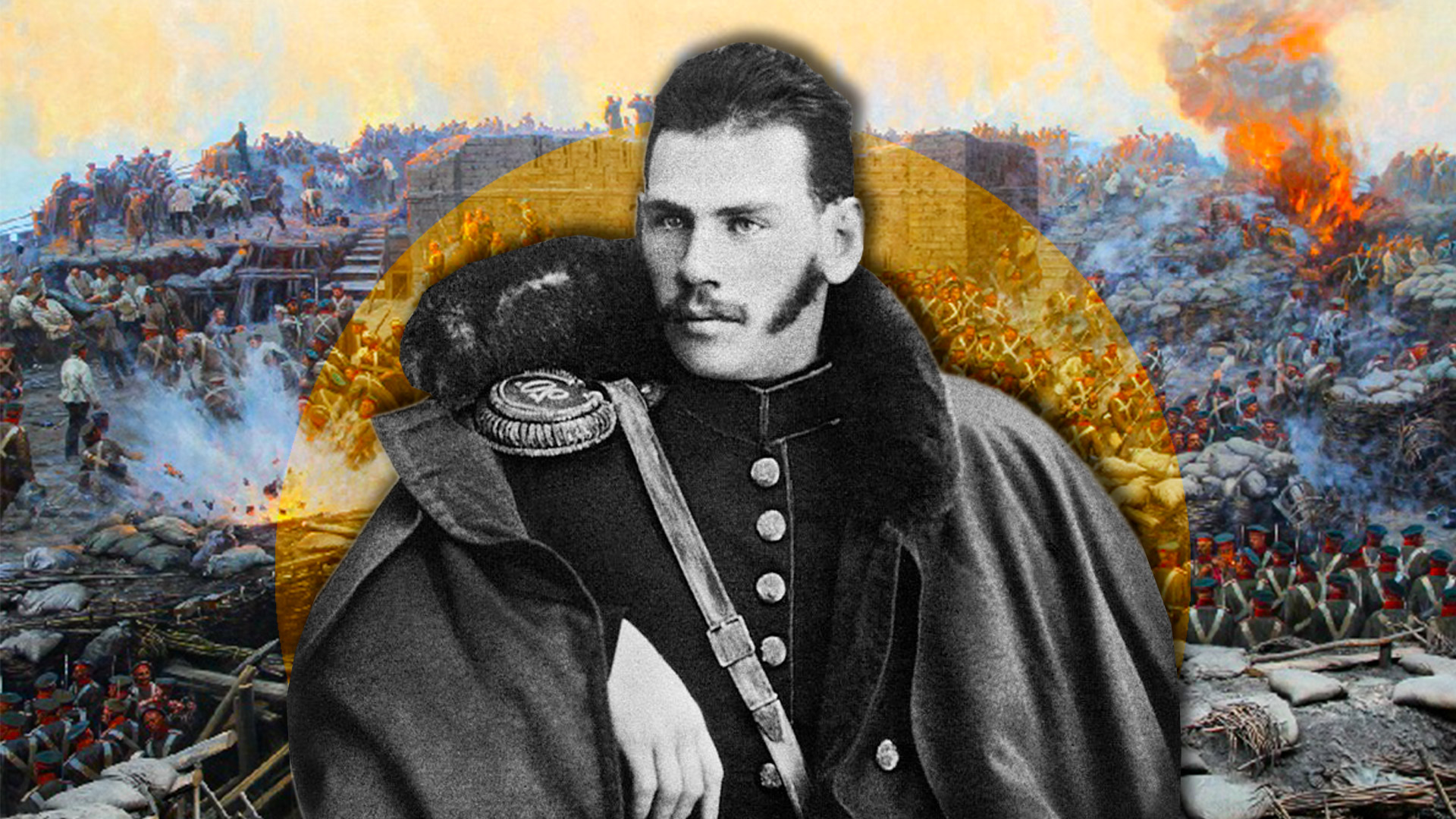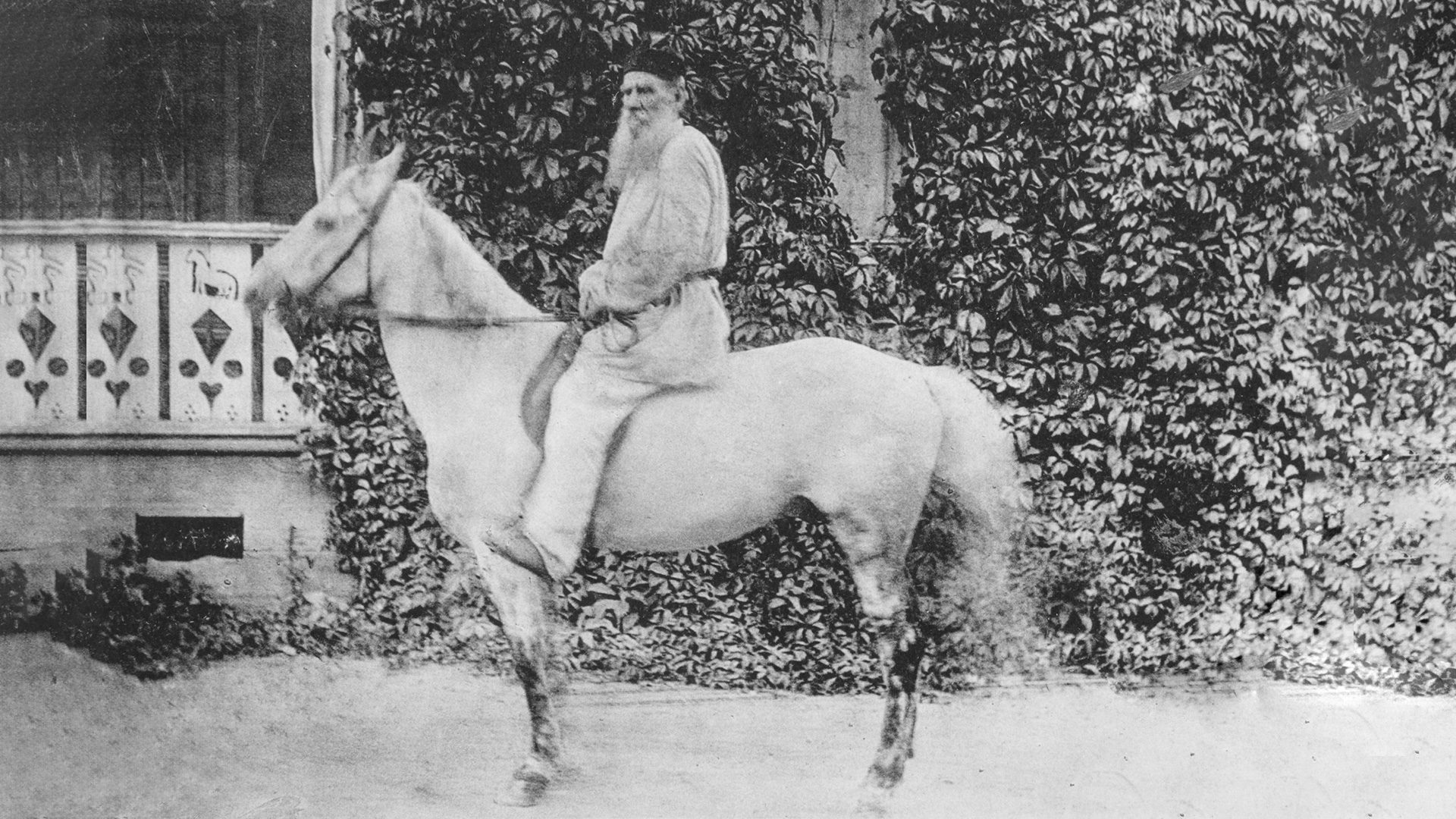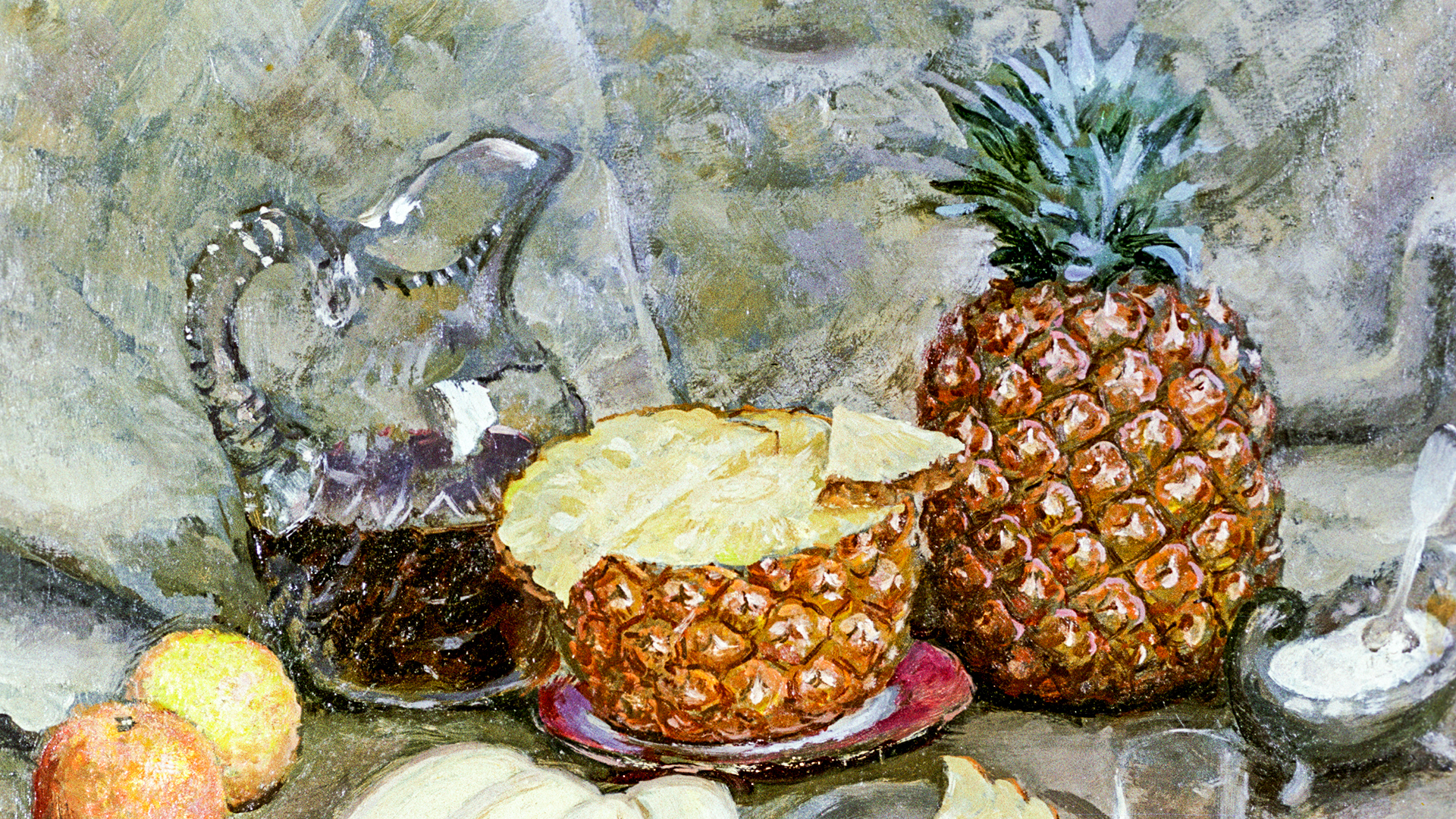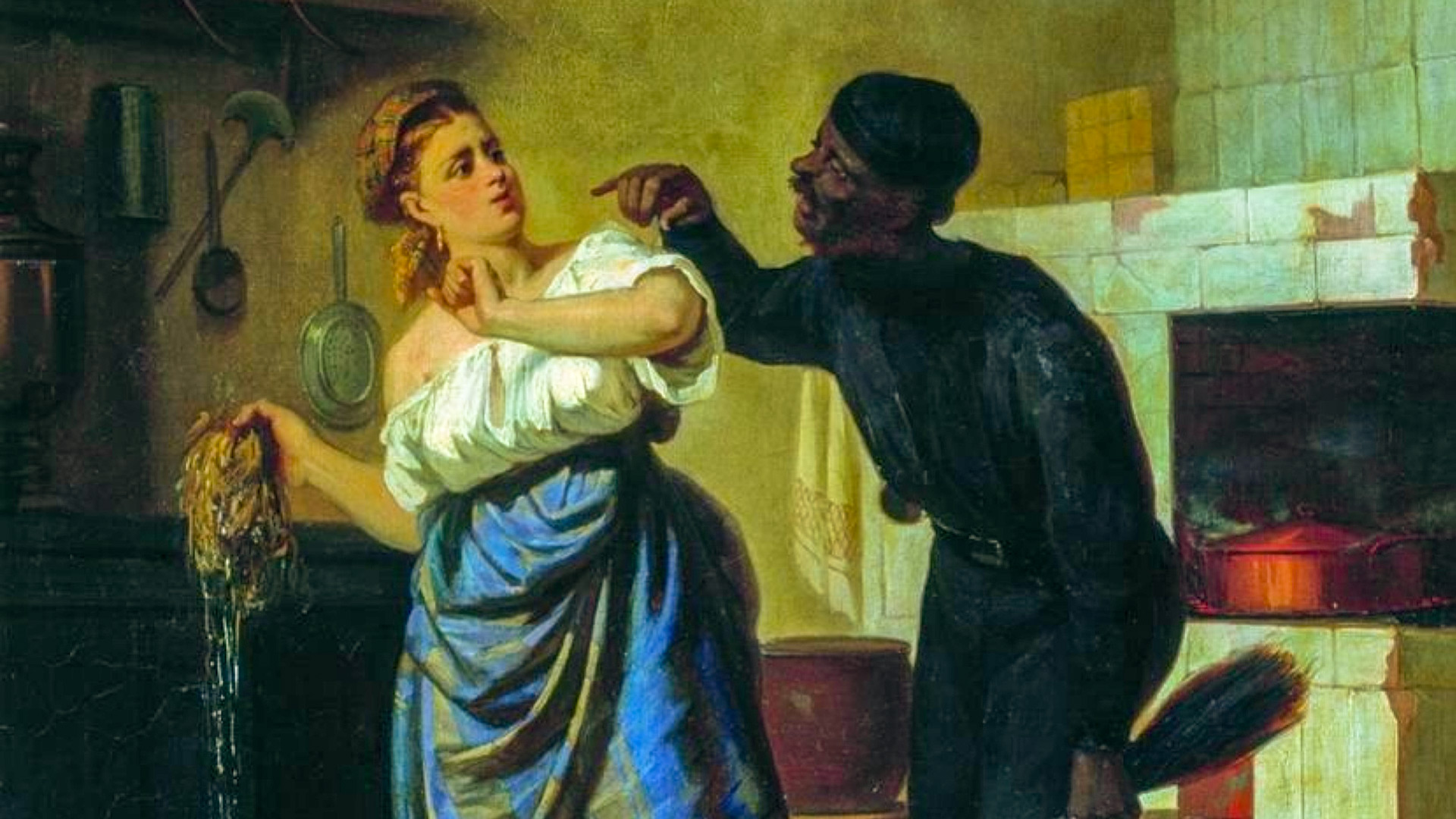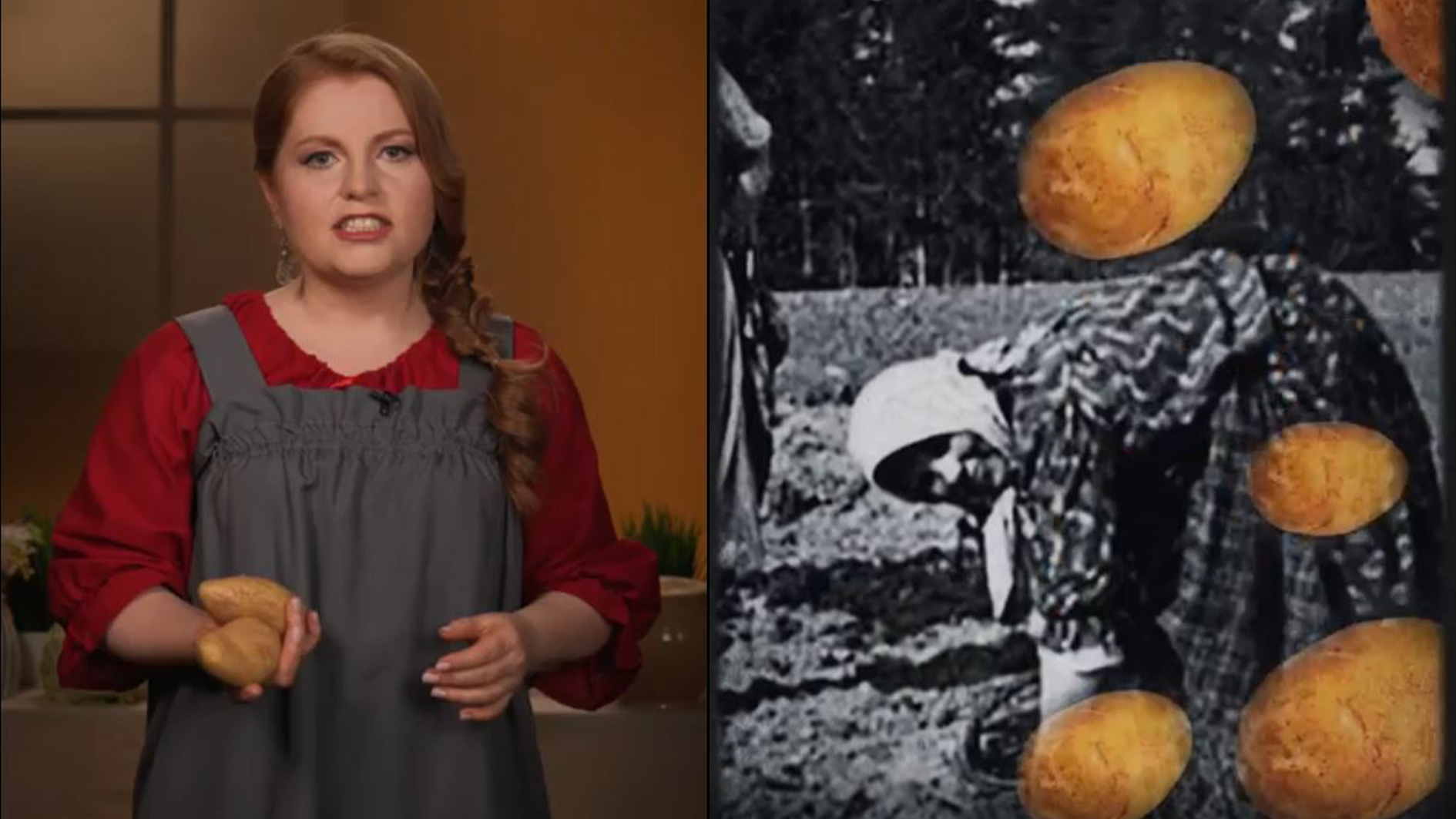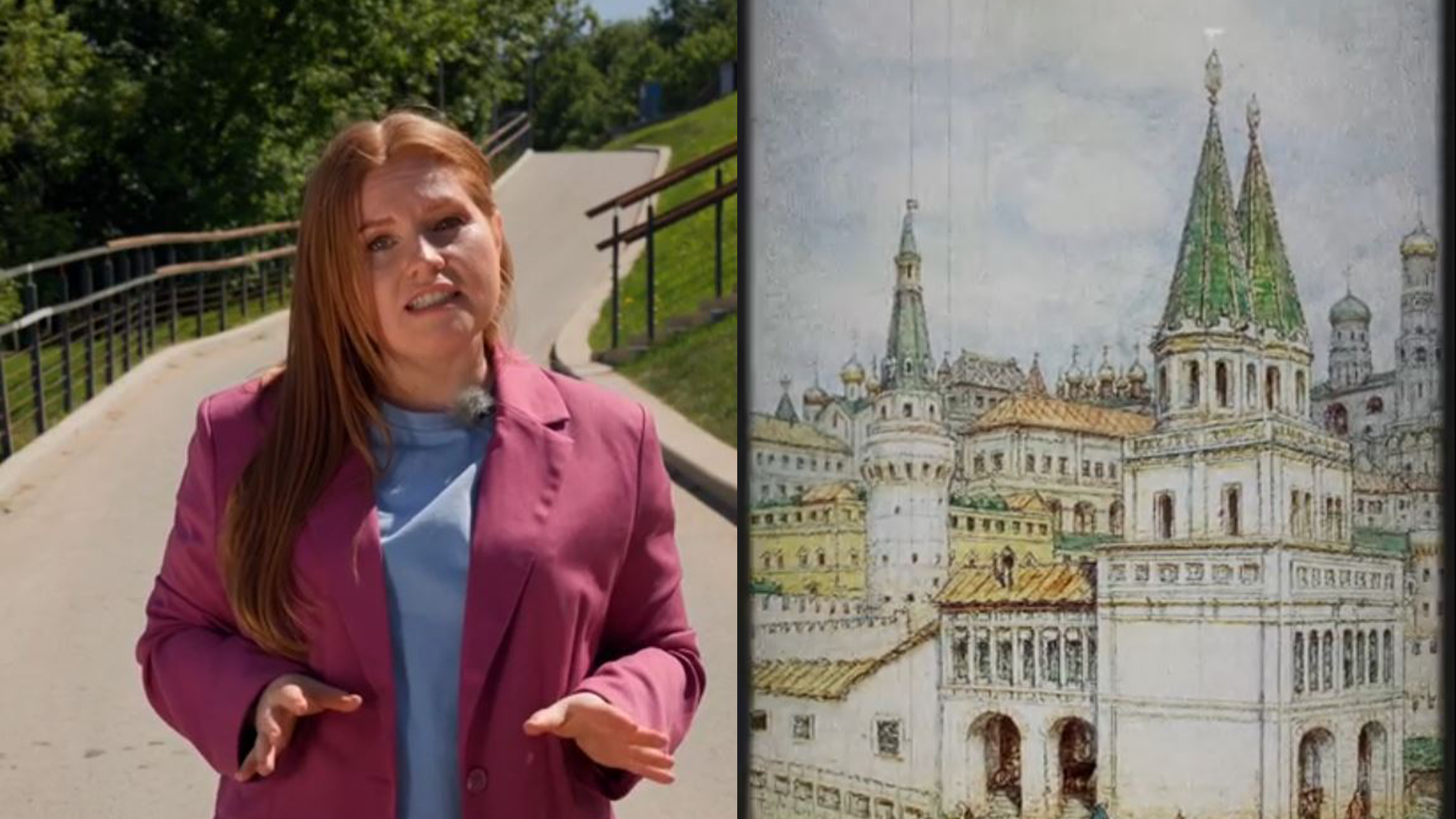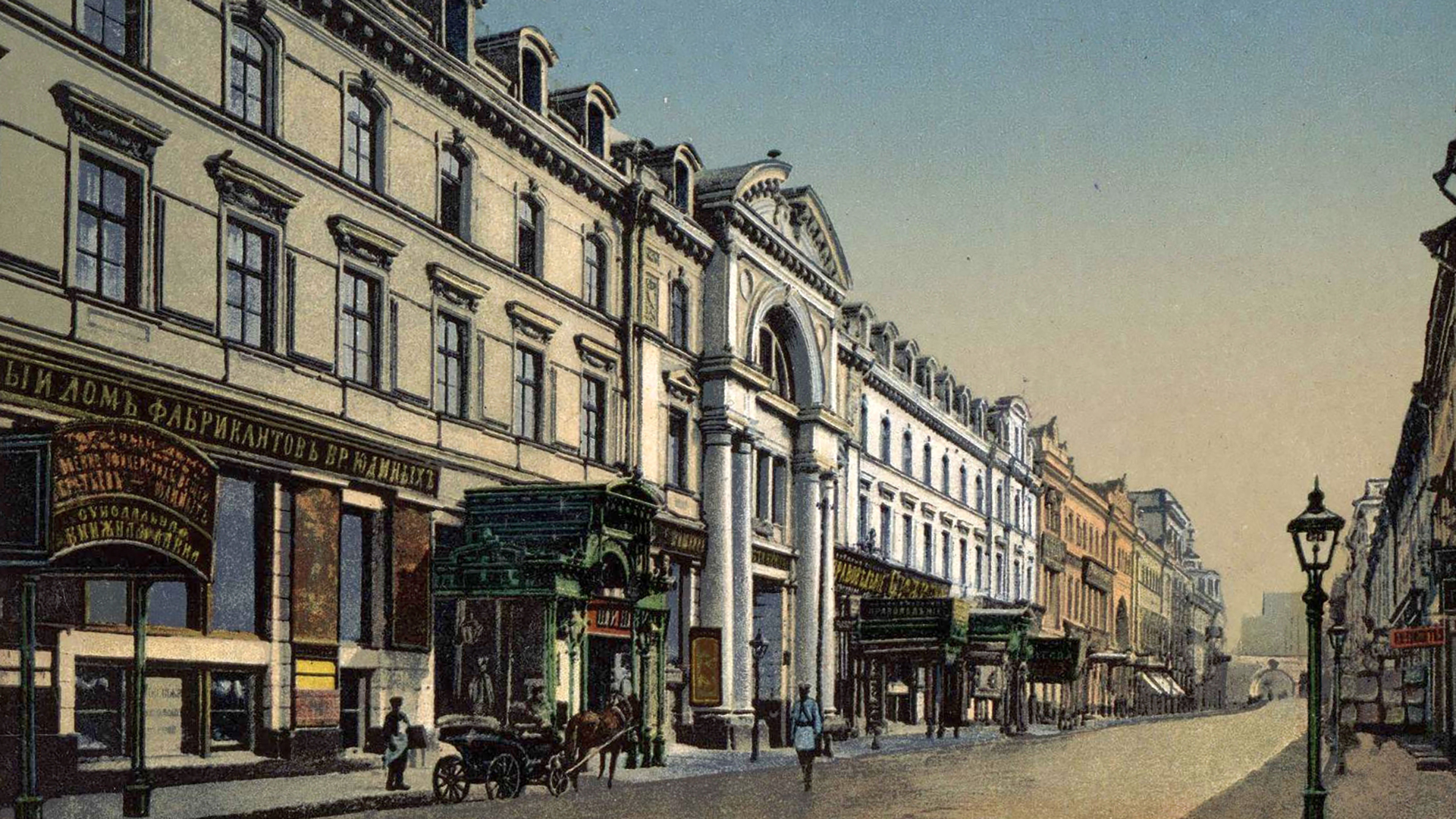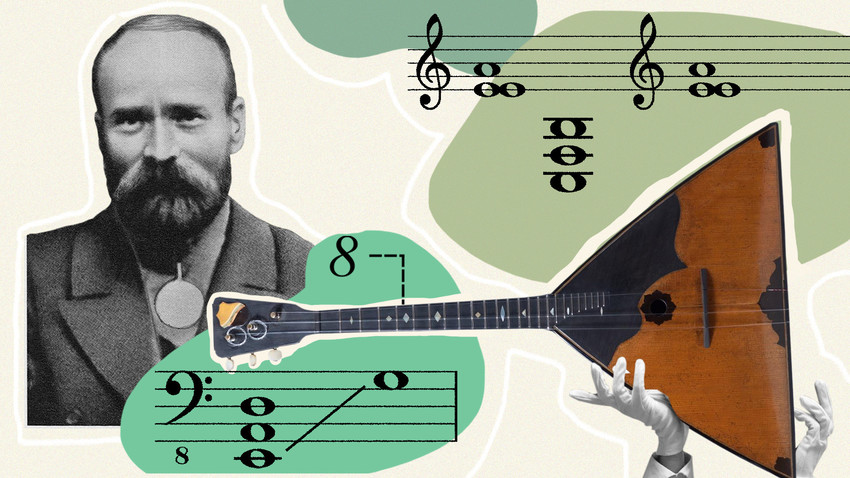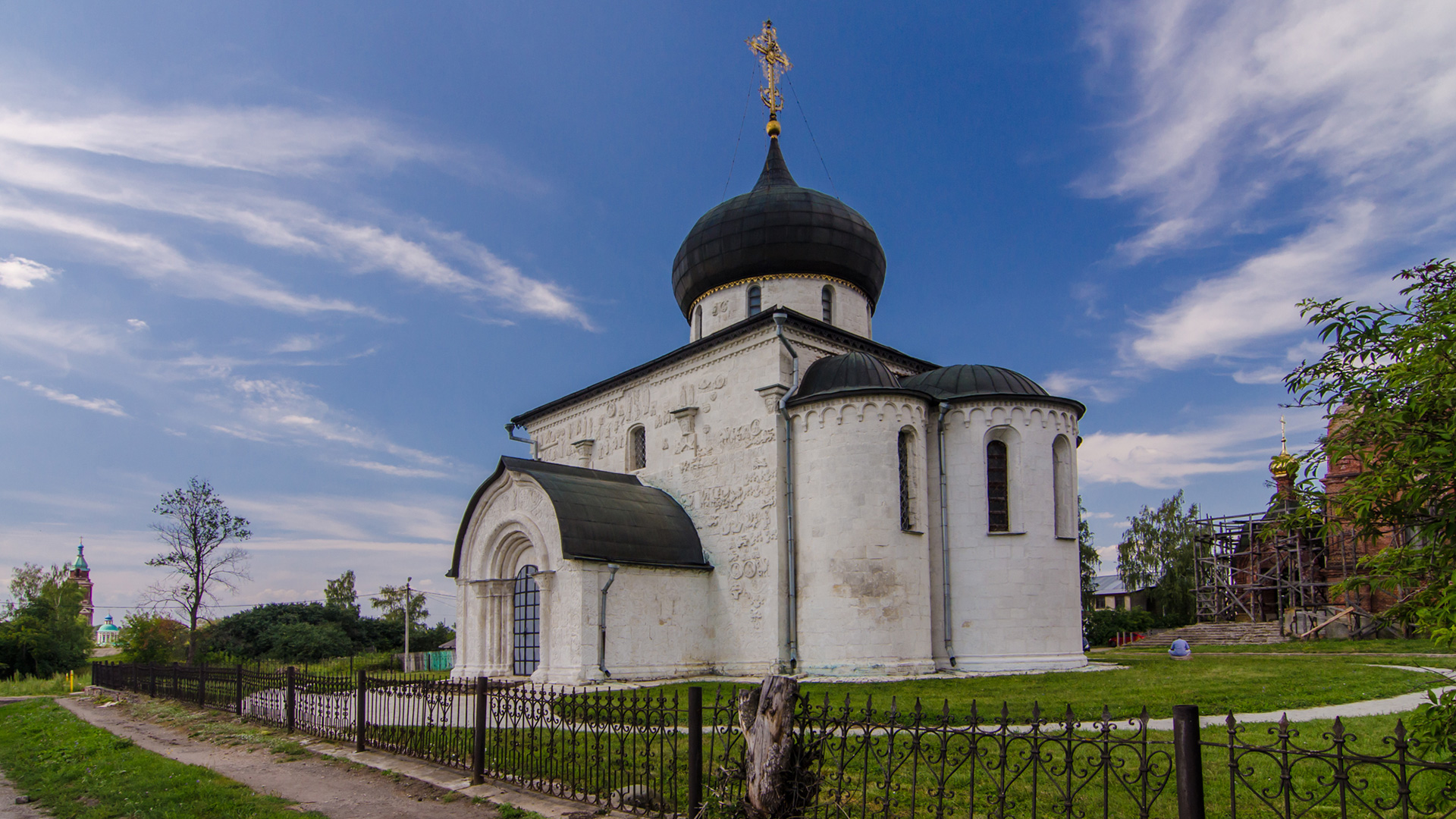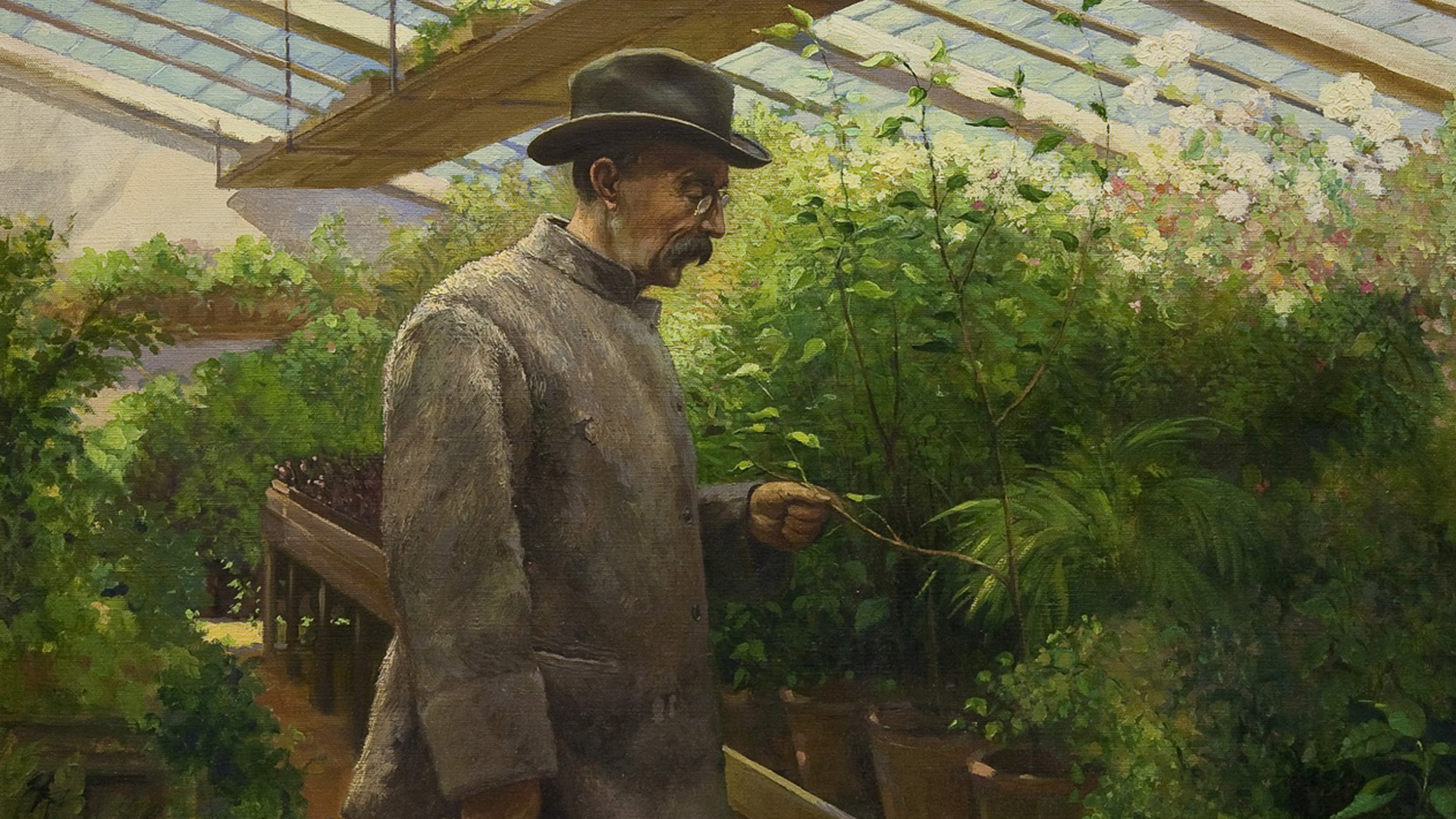
How an American writer lived with Tolstoy & traveled with vagabonds in Russia

Flint traveled to Russia to write about the All-Russian Industrial and Art Exhibition in Nizhny Novgorod. As a foreign journalist, he received a free three-month ticket for travel first class by rail. According to him, over the summer, he had time “to visit hundreds of other towns and villages in various regions of the empire”. Flint prepared thoroughly for the trip: he learned 250 Russian words and got hold of 75 dollars. He spent the morning and afternoon studying this or that city and, in the evening, he got on the train and traveled further.
A count in peasant attire
He decided to start his acquaintance with the country at Yasnaya Polyana. Flint had never read Leo Tolstoy's novels before. “In 1896, in Yasnaya Polyana, I saw a well-preserved elderly gentleman with sunken gray eyes under overhanging bushy eyebrows… He was wearing the simple peasant clothes that were the subject of so much silly talk. However, in Russia, anyone who lives in the countryside, with the arrival of summer, wears clothes that resemble a peasant’s attire in shape and cut. In the warm months, the main difference between a peasant’s attire and his master’s is that the latter’s clothes are clean.”

He spent ten days at the writer’s estate – he spent the night in the library or in the barn of a neighboring house, where two of Tolstoy's assistants already lived. He worked with the peasants in the hayfield, had conversations with the count's daughters and the count himself. He was surprised by the simplicity and artlessness with which the great writer behaved. He himself sometimes would come to invite him to dinner. Flint recalled about these ten days that he never again had the opportunity to spend time “in such a bright and friendly place” and, about Tolstoy, he said: “If being like him means becoming a hypocrite, it would do no harm for all of us to quickly turn into hypocrites!”
Profession — a ‘goryun’
Flint met vagabonds or ‘goryuns’, as they were also called, in Yasnaya Polyana. Every day, 10-12 people would come in the confidence that they would be fed. It was then that he had the idea of joining them. And Tolstoy supported it: “If I were younger, I would have gone with the vagabonds myself. Now, I am too old. Once, I made a long journey and saw life, but you, of course, will see much more, if you go straight to the tramps.”

Flint's interest in them was not idle. He himself had been a vagabond in his youth and after studying them well, he began to write essays and books about them. Flint knew this life, so deeply hidden from most people, that Jack London dedicated his collection ‘The Road’ to him. Having changed his clothes, he set off on a journey in the company of a Moscow student. Flint took documents with him, including a letter of recommendation from the Minister of Railways Prince Khilkov, which surprised the police officers who stopped him. “They were always eager to find out where I was from and I answered them truthfully every time. “America – America...” these simple people kept repeating. “What province will America be in?” They called Flint a “brother from afar”.
The life of a vagabond

An American writer studied the customs of Russian vagabonds. In his essays, he said that there were entire ‘artels’ (cooperative associations of craftsmen living and working together) or clans among them. Some were engaged in crime – forging documents or robbery. Others, on the contrary, led a strict way of life. Many were peasants according to their documents, but they did not work on the land; they, instead, raided it or begged for alms. It was considered great luck if a vagabond was hired as a mourner for a funeral.

In pondering whether vagabonds could be restored to their normal way of life, Flint quoted a certain Russian prince. The latter, in a conversation with him, allegedly once confessed: “It is out of the question. We are all vagabonds, each and every one of us.”


